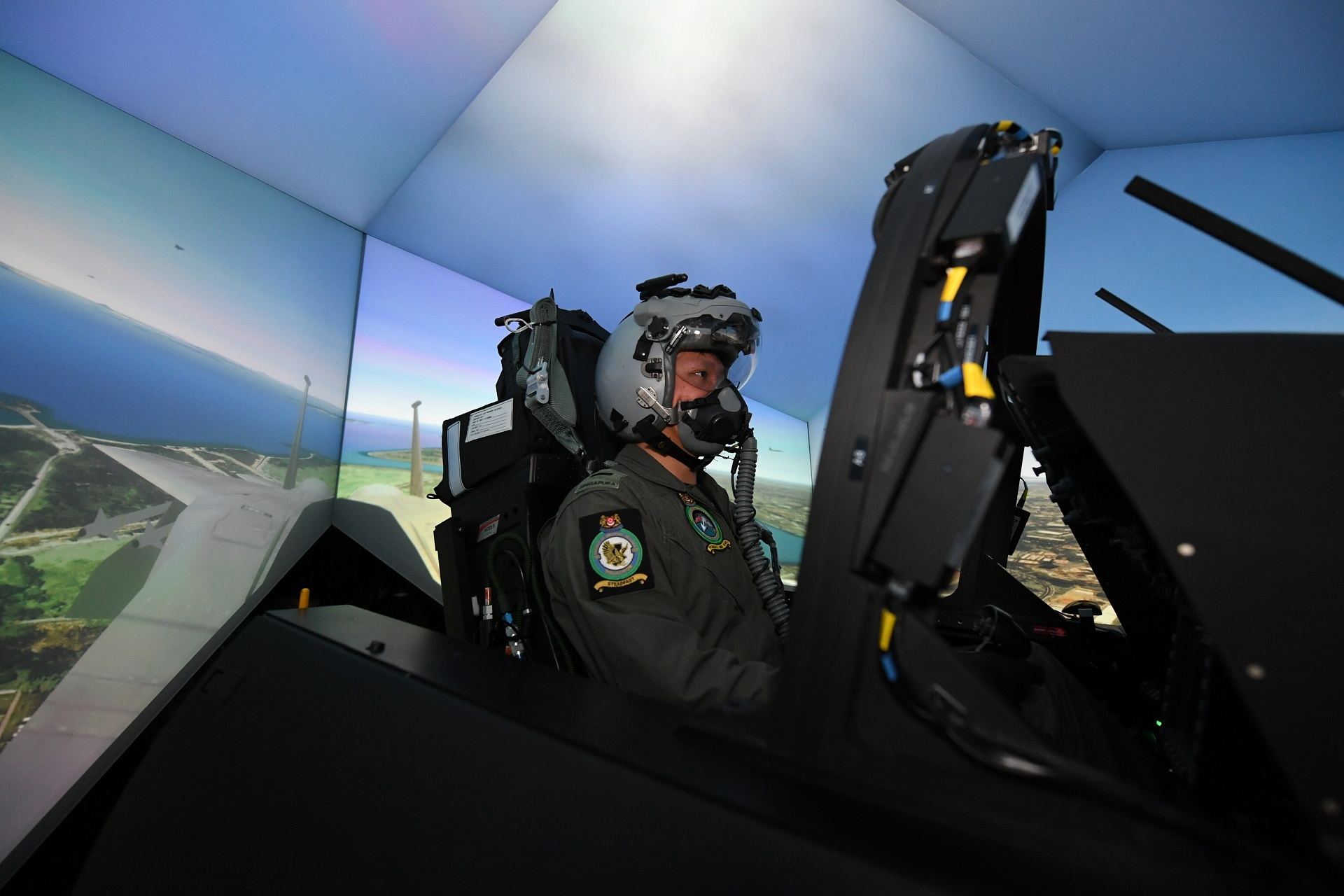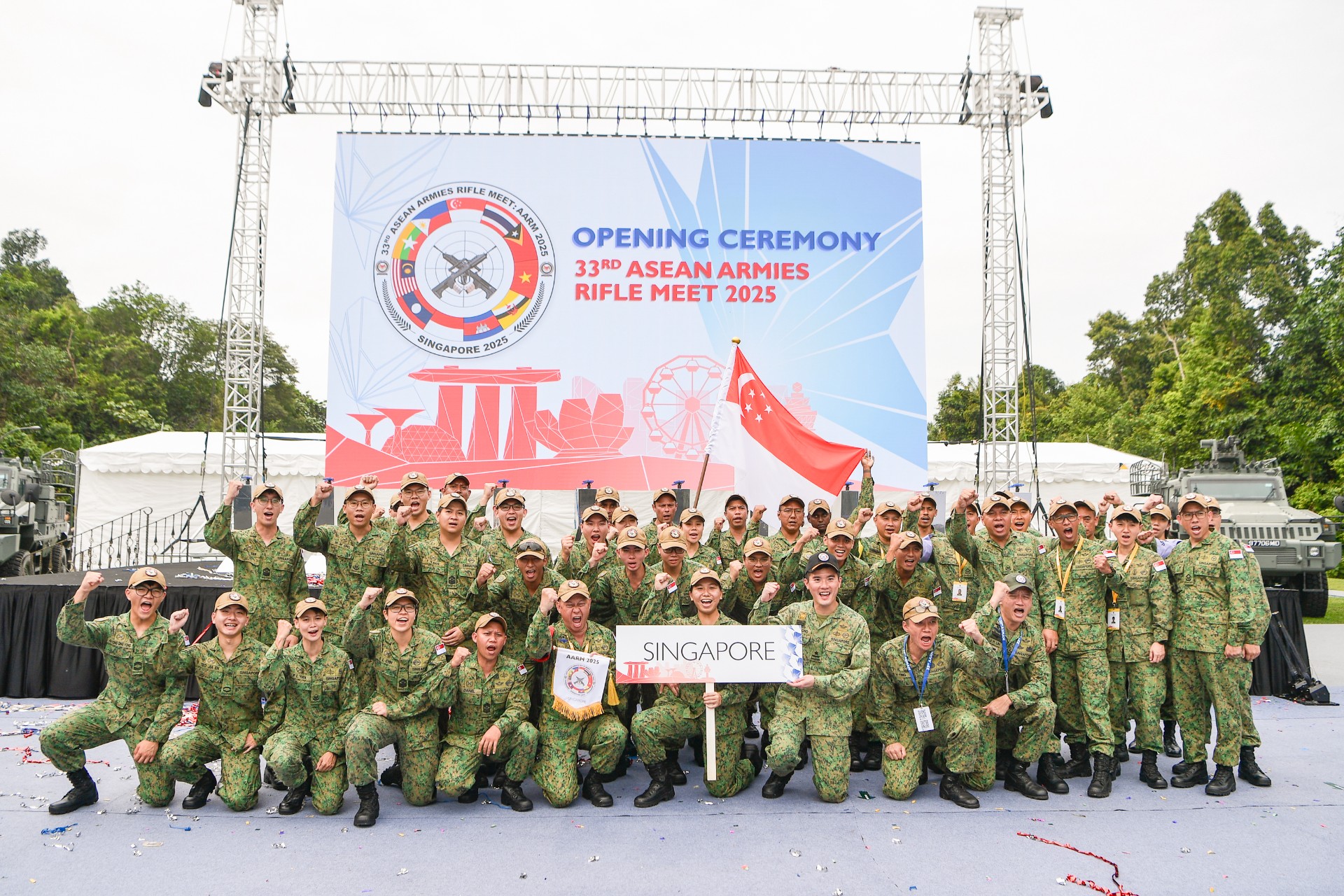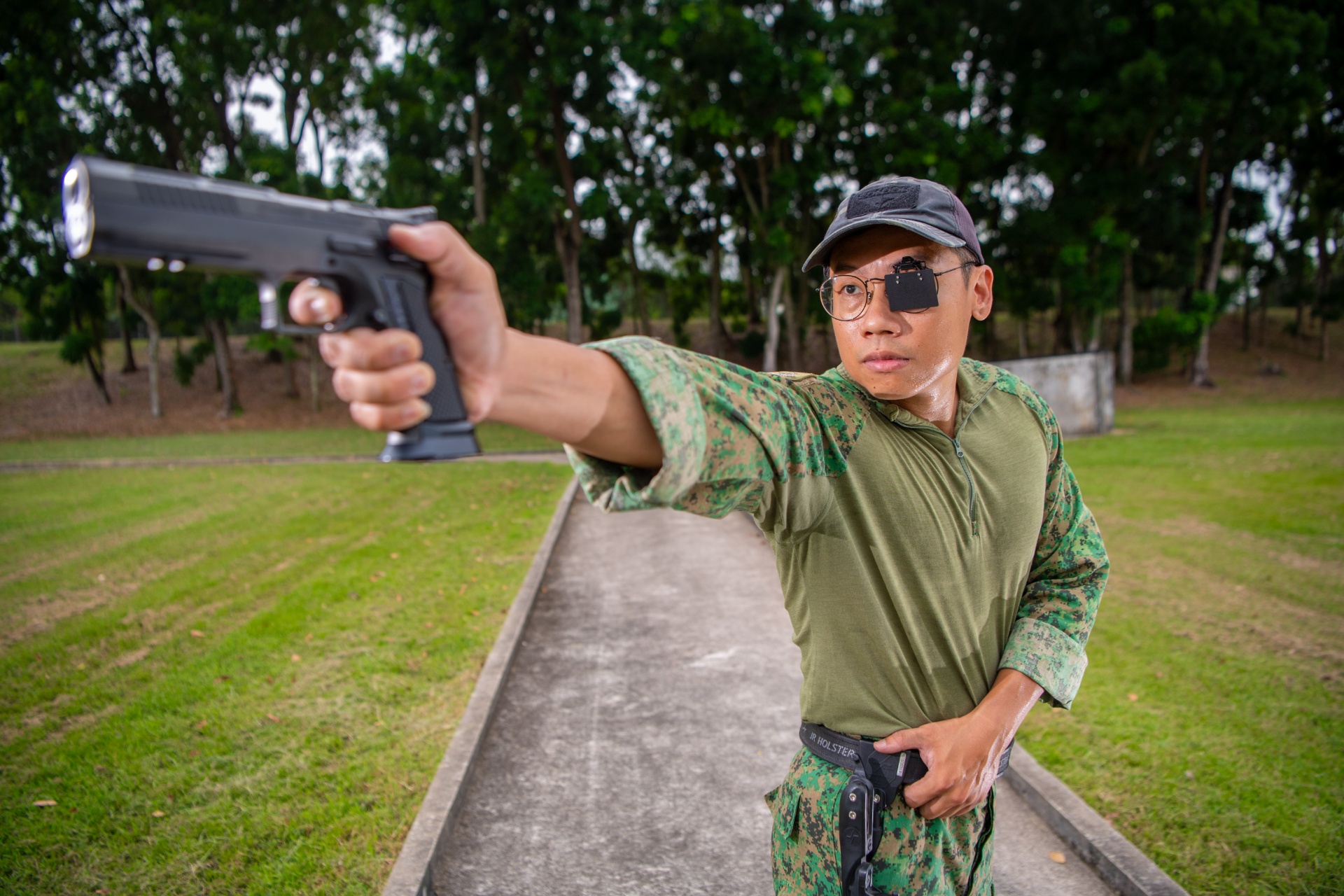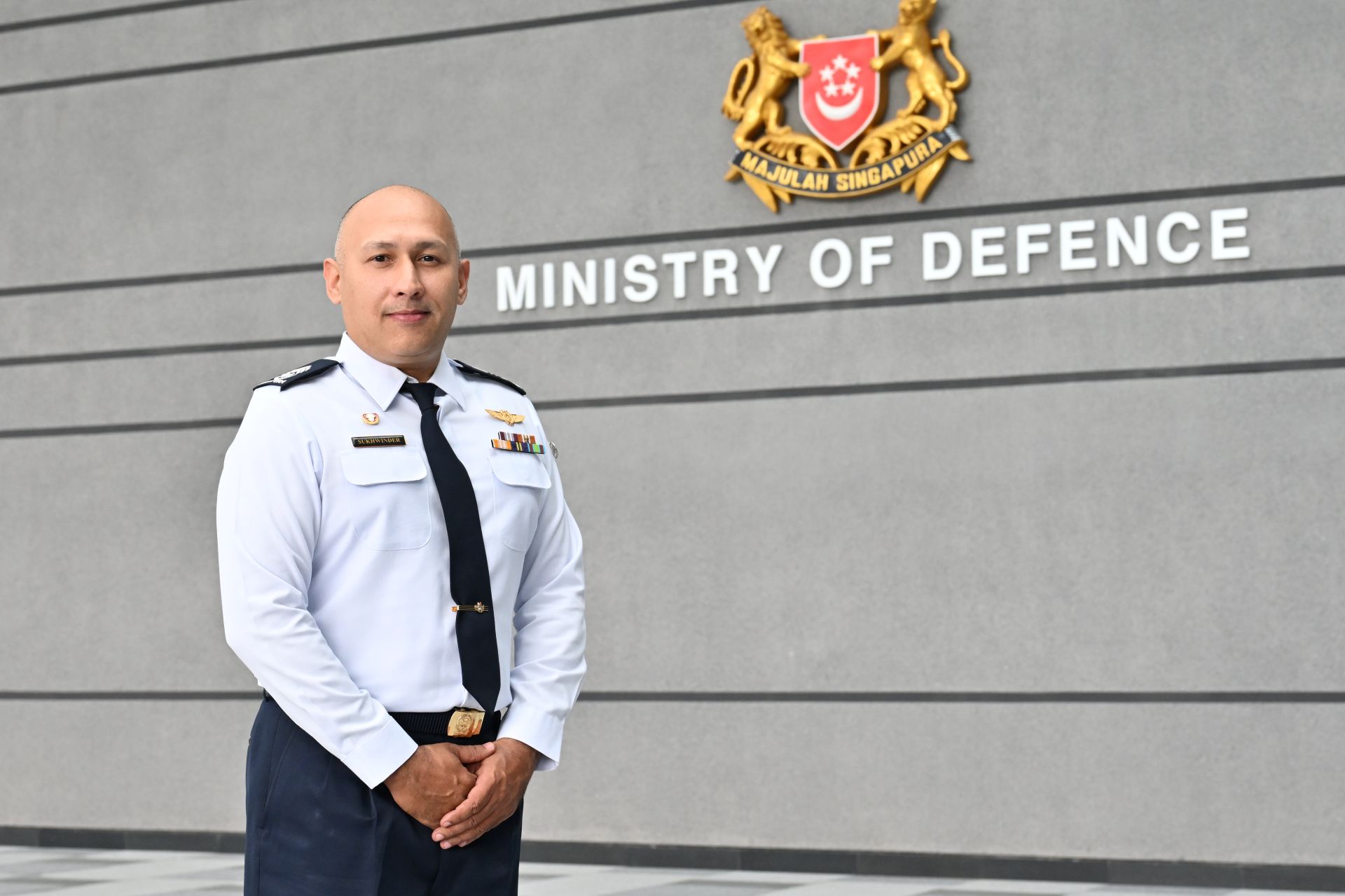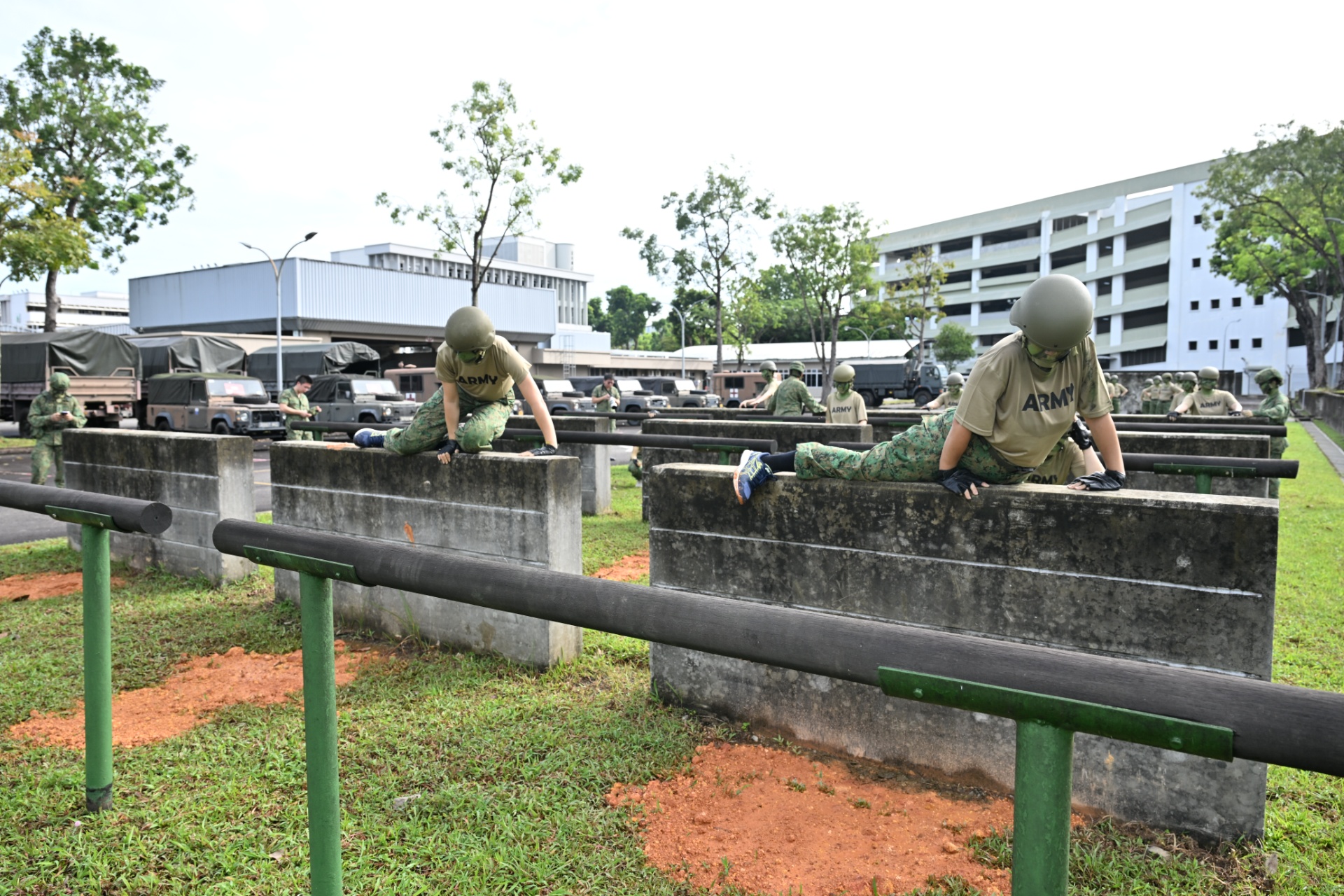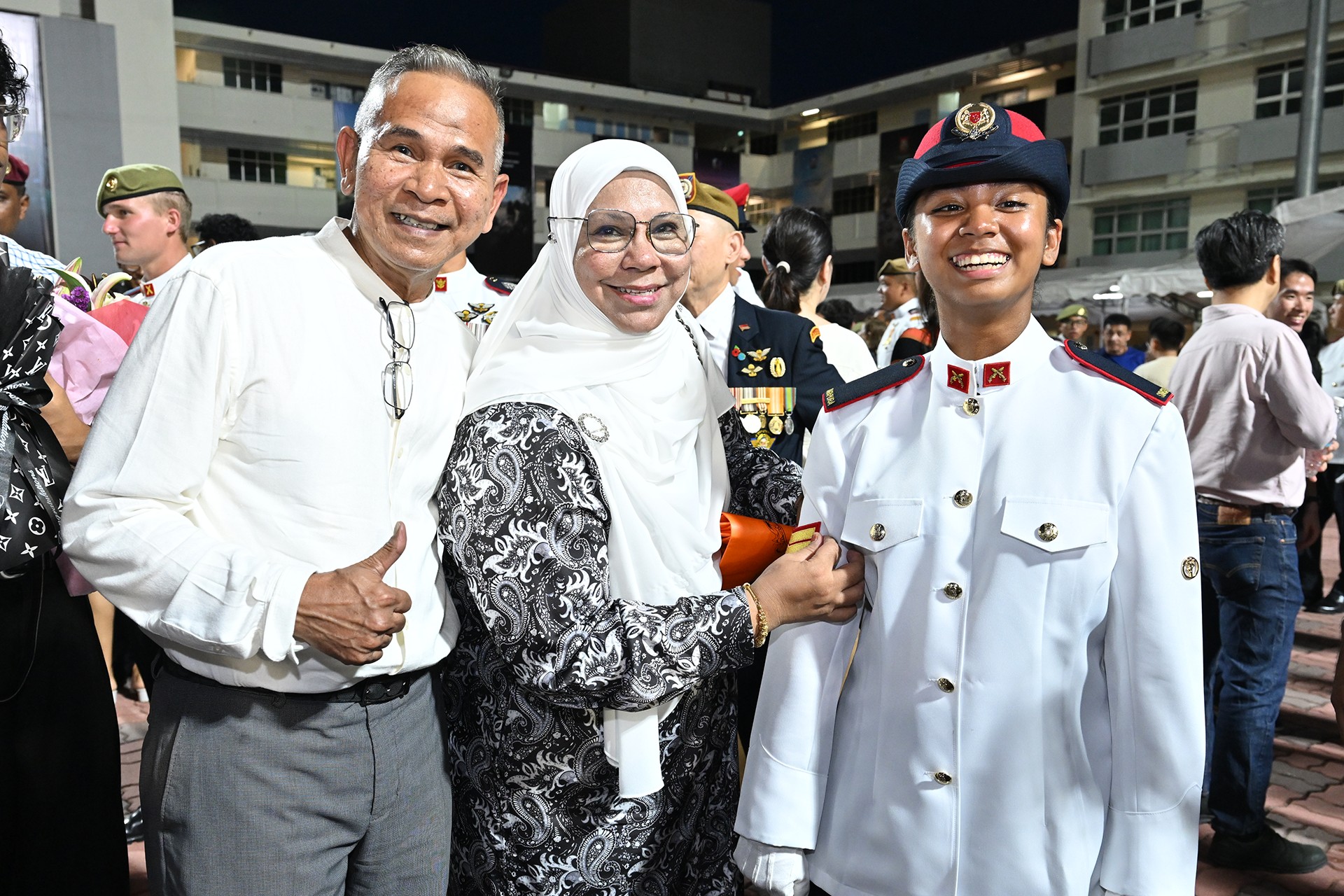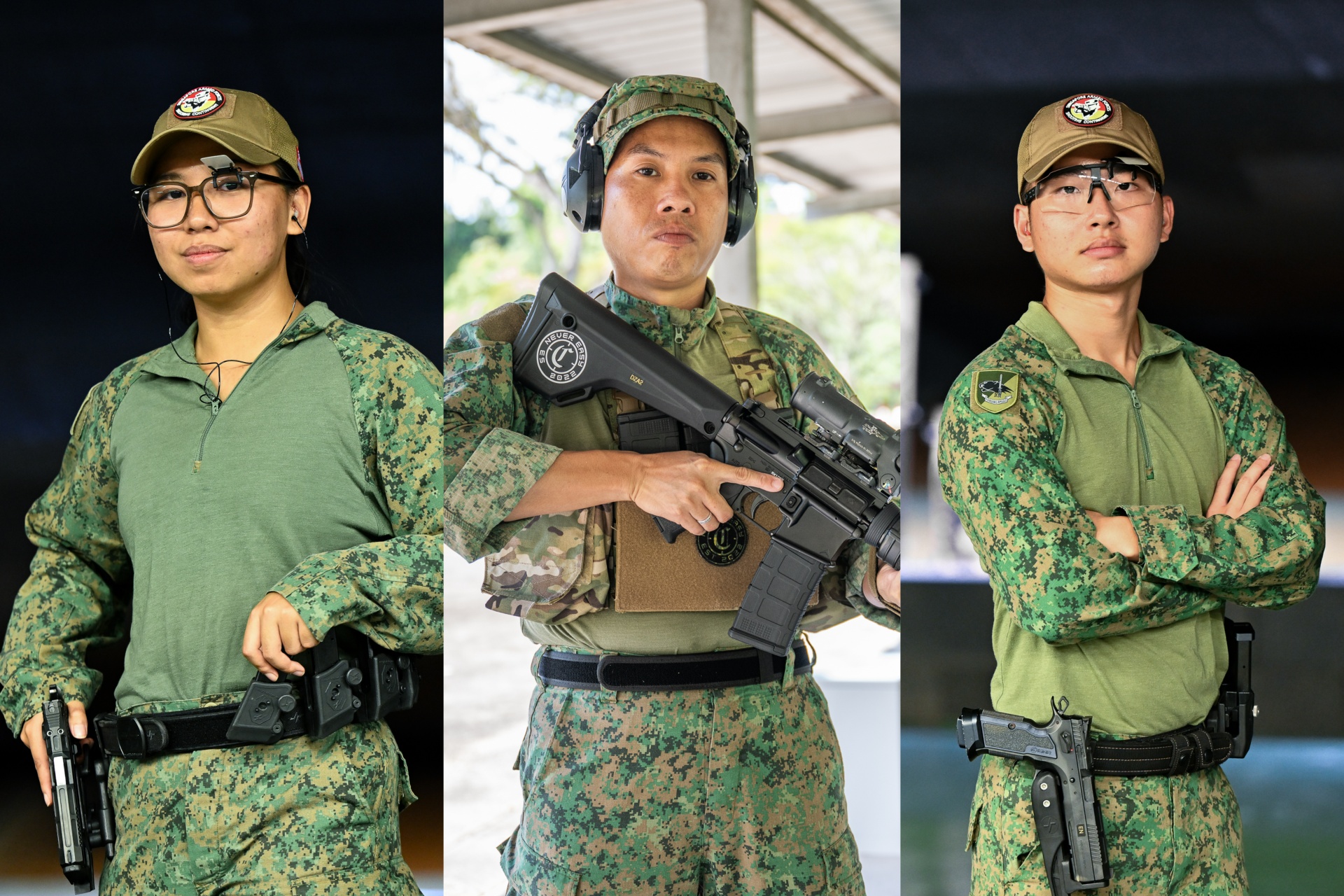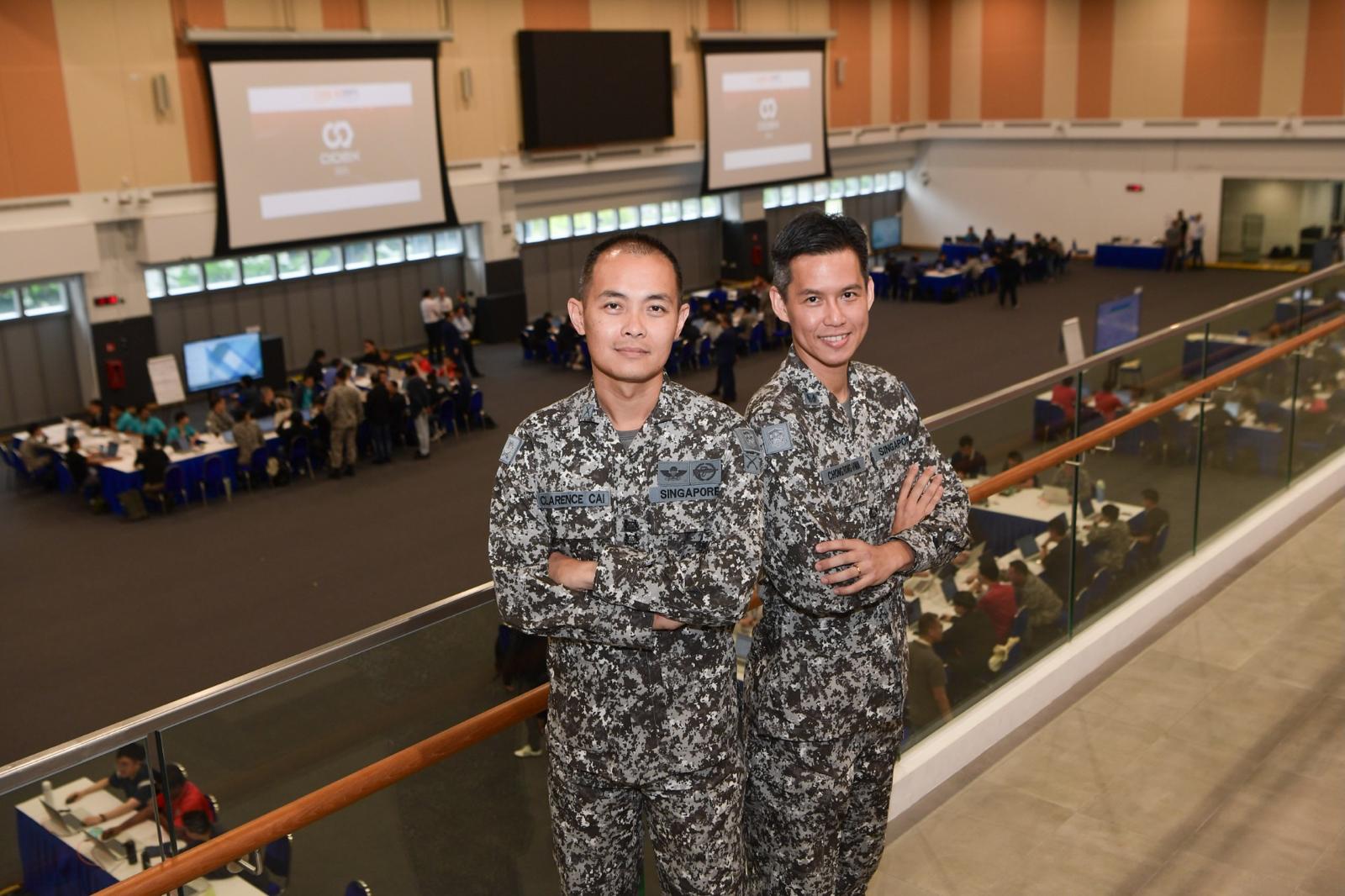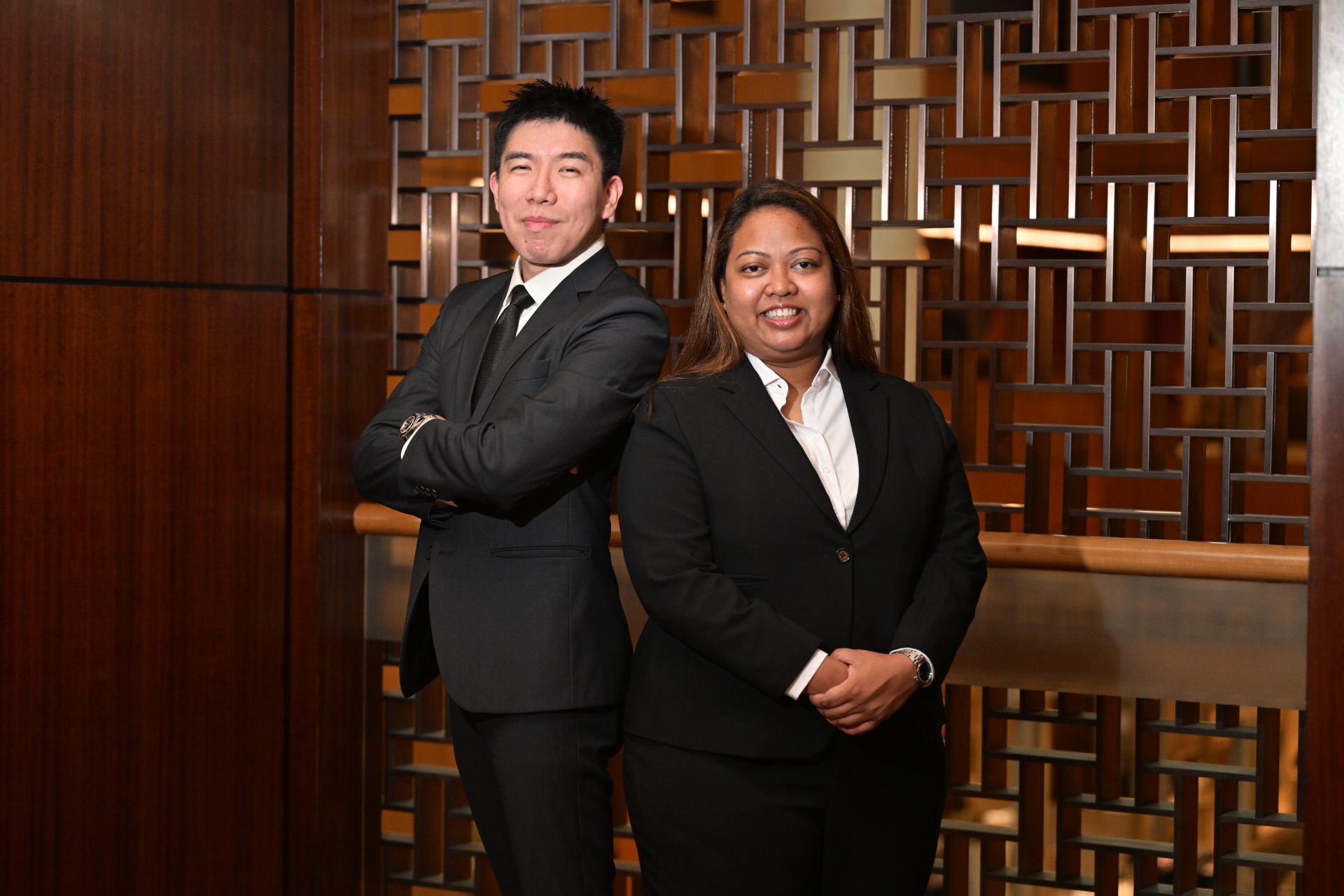F-15SG TRAINING SIMULATOR TO SHARPEN AIRCREW'S COMBAT SKILLS
The F-15SG Air Mission Trainer (AMT) is part of the next-generation SAF’s plans to provide hyper-realistic training for aircrew through advanced technology.F-15SG pilots and Weapon Systems Operators (WSOs) can now train and hone their combat skills realistically regardless of time and weather.
This is thanks to the Republic of Singapore Air Force's (RSAF's) F-15SG AMT, a high-fidelity networked simulator that mirrors the capabilities of the F-15SG aircraft – from flight dynamics to weapon systems.
Comprising a total of eight flight simulators, the AMT is networked to allow multiple aircraft training. This means that up to eight F-15SG pilots and WSOs are able to train concurrently, mimicking the operation of four aircraft in a real mission.
Wide range of training scenarios
More importantly, the AMT is able to simulate a wide range of scenarios through the Computer Generated Forces (CGF) system. These include multi-aircraft combat missions, as well as aircraft emergencies and inclement weather conditions which are difficult to replicate in real life.
The CGF system is also able to generate a range of enemy targets and friendly units, as well as air-to-air, air-to-surface and surface-to-air weapons. Simulating the actions and reactions of various air and ground threats helps to enhance training realism for the aircrew.
In addition, a 360-degree view through multi-panel widescreen displays allows the aircrew to see obstacles and targets at every angle, as if they are doing live flying.
Commenting on the advantages of the AMT, Flight Simulator Instructor Freddie Lim-Ng said: "(As instructors) we can really spice things up by adding multiple adversaries (and creating) contingencies...(that the aircrew) don't encounter on a typical basis, such as an aircraft malfunction."
The 41-year-old former RSAF fighter pilot added that synthetic training in the simulators complements live flying to build up the aircrew's confidence.
F-15SG pilot Lieutenant (LTA) Dexter Koh, 28, explained: "It definitely is more useful.
"Training in the simulator helps you to accomplish more during the actual flight because you've already gone through it."
Saving time and cost
The F-15SG aircrew have been training in the AMT since mid-2019. The simulators, which are used daily, help to save cost and time – the cost per simulation flying hour is 14 per cent of the cost per actual flying hour.
"Just by launching an aircraft, there are costs involved. When aircraft goes out to fly, there will be also complexities involved because of the weather," explained Mr Lim-Ng.
When it comes to the post-flight debrief, both instructors and aircrew are able to view the training session through immediate real-time playback.
This saves time compared to retrieving the tape recording from the aircraft after a real flight and bringing it back to the squadron for a look through.
All advantages aside, the simulator training can never replace the stress of a real flight, noted Mr Lim-Ng. Live flying training continues to be a necessity for the aircrew to operate effectively in real-world flying and mission conditions.
At the end of the day, it boils down to training with the correct mindset, be it in live flight or in the simulator.
LTA Koh summed it up: "It's about the mentality. We always treat (every training session) like a live flight. That sets the tone and objectives correctly for the whole mission."
